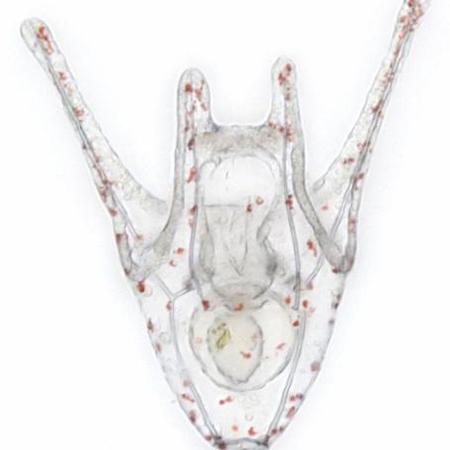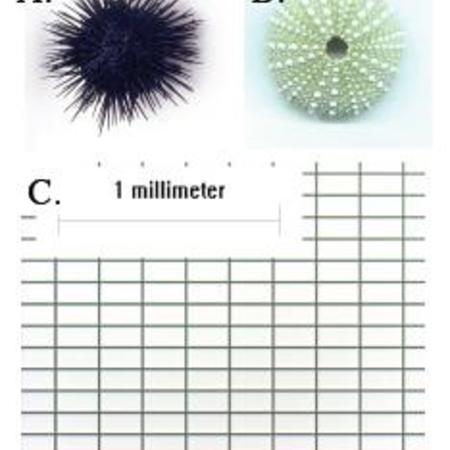Marine larval settlement
Our research suggests that larval behavior plays a role in interactions with their physical environment during the settlement phase of the life cycle. We are using a unique combination of tools from biology, nanotechnology, and materials science and engineering to investigate the physical factors that influence how larvae select substrates for settlement. Biofouling, or the accumulation of organisms on surfaces, affects several industries such as shipping and aquaculture. Historically, chemicals have been the main technology used to prevent biofouling.
However, many of these chemicals have been banned due to toxic effects on other marine organisms. Many marine organisms, such as molluscs and echinoderms, have natural antifouling properties, but it is unclear whether the chemistry, wettability (i.e., hydrophobicity), stiffness, or physical topography, or a combination thereof, of their surfaces prevent organisms from attaching. The motivation for this research is to determine the factors that influence settlement of marine invertebrate larvae using nanofabricated substrates that mimic the surfaces of marine organisms.
Results from laboratory experiments with sea squirt larvae and field experiments with barnacles suggest that the combination of physical factors is important. These results show that larvae demonstrate choice when selecting a suitable substrate for settlement, which has important implications for recruitment success. These insights can help guide the development of antifouling materials and suggest that materials should be designed to combine multiple factors.

